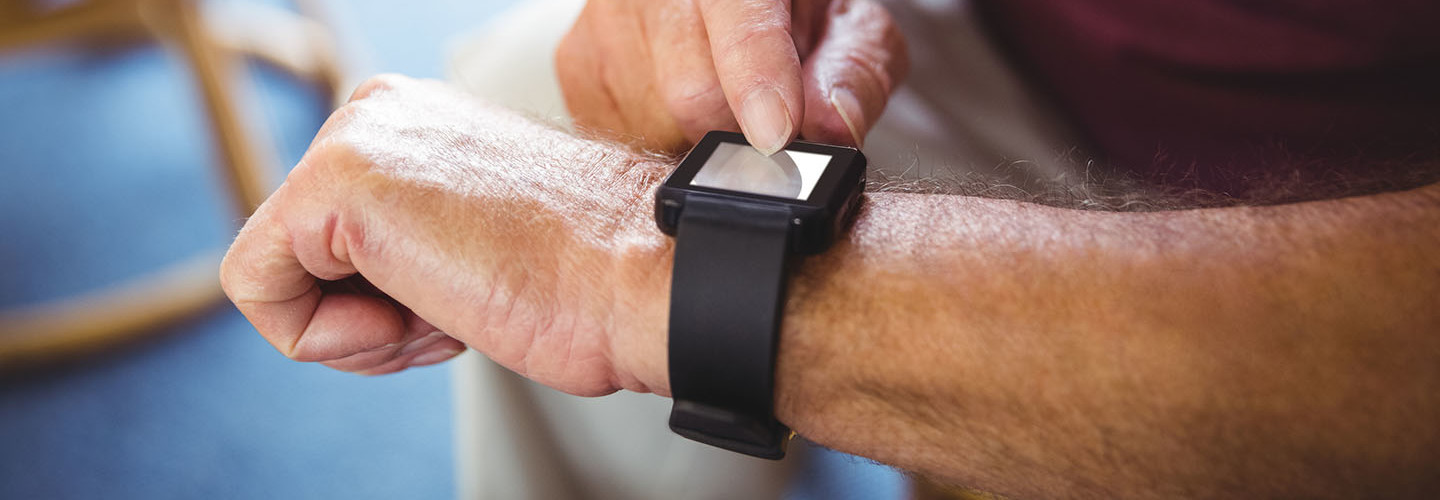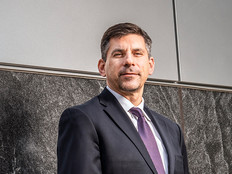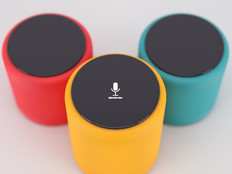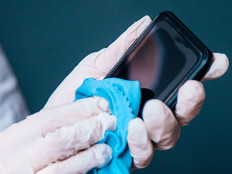Wearable Data Offers Granular Understanding of Senior Health
Wearable devices have the potential to significantly improve seniors’ health and well-being.
According to data from Accenture, 17 percent of Americans over age 65 use wearables to monitor vital signs and track fitness, and seniors’ adoption of wearables is increasing more than five times faster than that of the general population.
Wearable technology gives senior care organizations a noninvasive way to collect and monitor individuals’ heart rates, activity levels and sleep patterns — data that can provide insight into their overall health and wellness. But how can professional caregivers use wearable data to enhance decision-making for a population?
To answer that question, CDW Healthcare partnered with Intel and data science company Big Cloud Analytics to investigate the potential benefits of wearable device–facilitated biometric monitoring in the senior care environment.
The three companies created a six-week pilot program that launched concurrently in four senior care communities: two independent living communities and two assisted living communities. The program monitored user data with consumer-grade activity trackers, collected that data via wireless syncing with tablets, and analyzed the data using BCA’s Intel-powered Covalence Health Analytics Platform.
Wearables Offer Deeper Insight
At all four organizations, once the data was uploaded to a resident’s tablet, BCA technicians used their population analytics platform to overlay the data with information relevant to each participant’s daily life. For example, if a resident seemed more tired, anxious or stressed than usual, the BCA scientists could analyze data pertaining to that individual’s sleep cycle to see if he or she were getting adequate rest — and then overlay it with the resident’s list of medications.
“One of the things we noticed,” says J. Patrick Bewley, BCA’s CEO, “is that a lot of these medications can really change your light-to-deep sleep ratio. They affect the way that people sleep and the quality of sleep they get.” Interestingly, he adds, residents who took sleep medications experienced a longer duration of sleep, but significantly less “biorestorative” deep sleep than those who were not taking such medications.
Overlaying wearables data with each facility’s activities calendar also gave the BCA team interesting insight. For example, if a resident took a morning exercise class three days a week, the BCA algorithm could combine that information with data from the activity tracker to see how those activities affected the resident’s heart rate. “We could also see who didn’t make it to an activity they had on their schedule,” says Bewley. “You could look at their data for 10 a.m. on a Monday, when they were supposed to be doing aerobics, and you could see that their heart rate hadn’t changed.”
One challenge, Bewley adds, was that the activity tracker, like other commercial-grade wearables, was designed to track “normal” steps rather than the type of motion that seniors often use. “If you use a cane, a walker, a wheelchair or a motorized scooter, it’s impossible to know how many ‘steps’ you’ve taken or what might be ‘normal’ for others,” he says.
BCA’s solution was to establish new norms for different subsets of the population based on their use of mobility aids. “We were gathering anywhere from 50,000 to 70,000 data points per person, per day, so we had massive amounts,” Bewley says. “So you could see: Mr. Jones uses a cane when he walks, and here’s how far he walks on a normal day, and here’s how far everyone else who uses a cane can be expected to walk on a normal day as well.”
The pilot applied that same data parsing to other aspects of residents’ lives, Bewley says. “When we brought people into the programs, they were asked a series of questions — not only things like their age and gender, but whether they have any diseases, or if they take certain types of medication, or use a CPAP machine or an oxygen line or some other type of aid when they’re sleeping.” From that metadata, Bewley says, it was easy to establish corresponding baselines they could use to better understand an individual’s biometric data — or to compare that person with other seniors or with the community’s population as a whole.
To make it easier for administrators to understand the data they received from the wearables, BCA developed a split-screen dashboard that puts all the key metrics front and center. The dashboard can display a certain population, such as female residents ages 85 to 86, and their average heart rate by day of week and time of day. Such data helps administrators see population-level “hot spots” related to increased heart rates that correspond to group exercise classes, for example.
On the same dashboard, Bewley and his team created a “lens” that lets a user look up individual residents and track heart rate at one-minute increments over a specific time period. By drilling into the data, Bewley says, it is possible to create “heat maps” that graphically display an individual’s activity level minute by minute.
That high degree of granularity lets healthcare organizations customize care to align with individuals’ needs and preferences, improving the senior experience in never-before-seen ways.
Download the free white paper, "Technology Innovations in Senior Care" to learn more.







